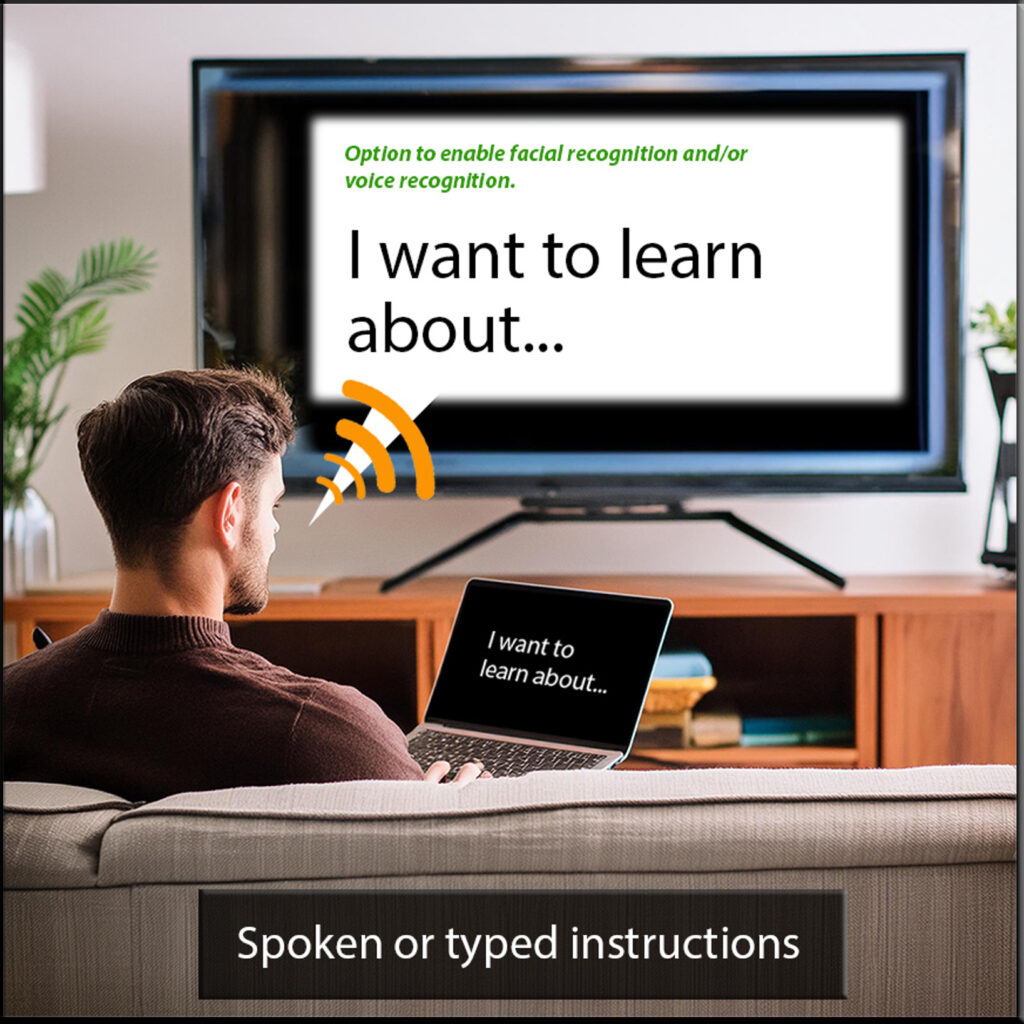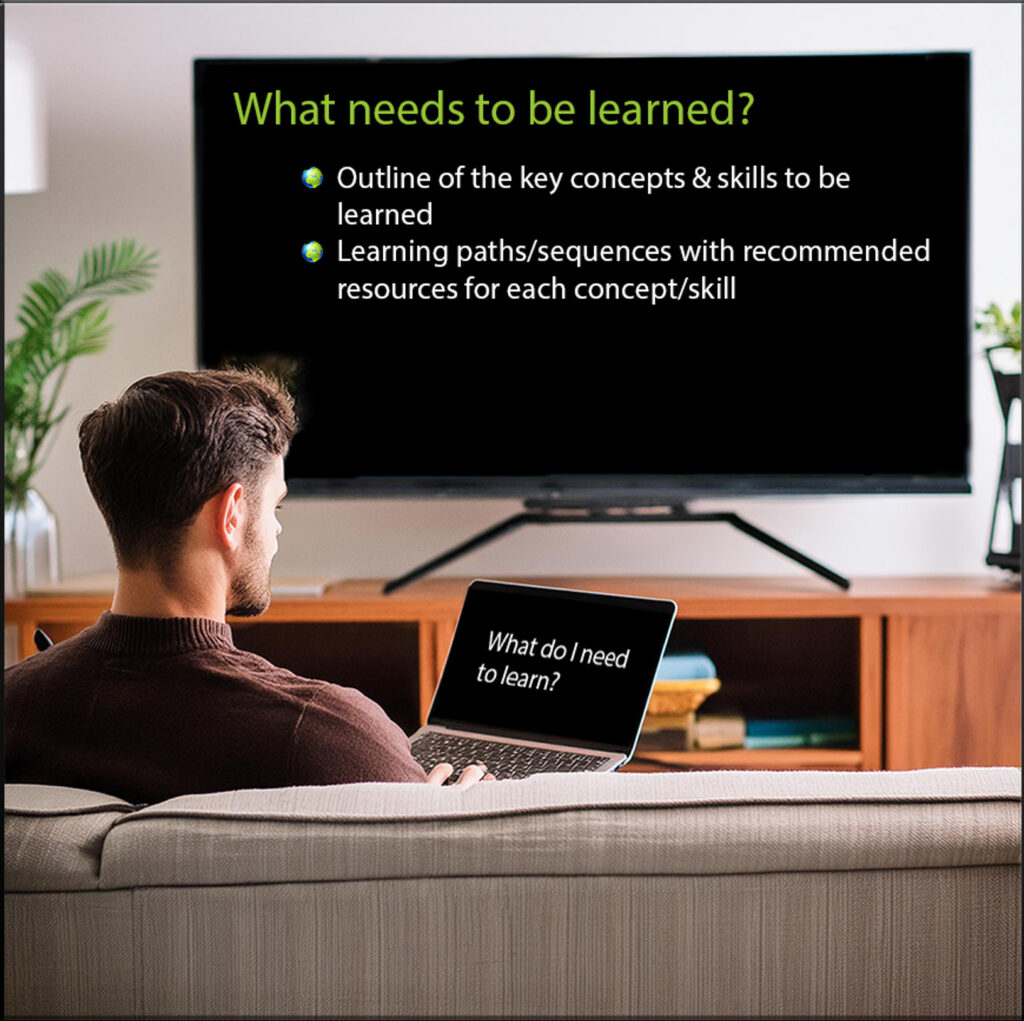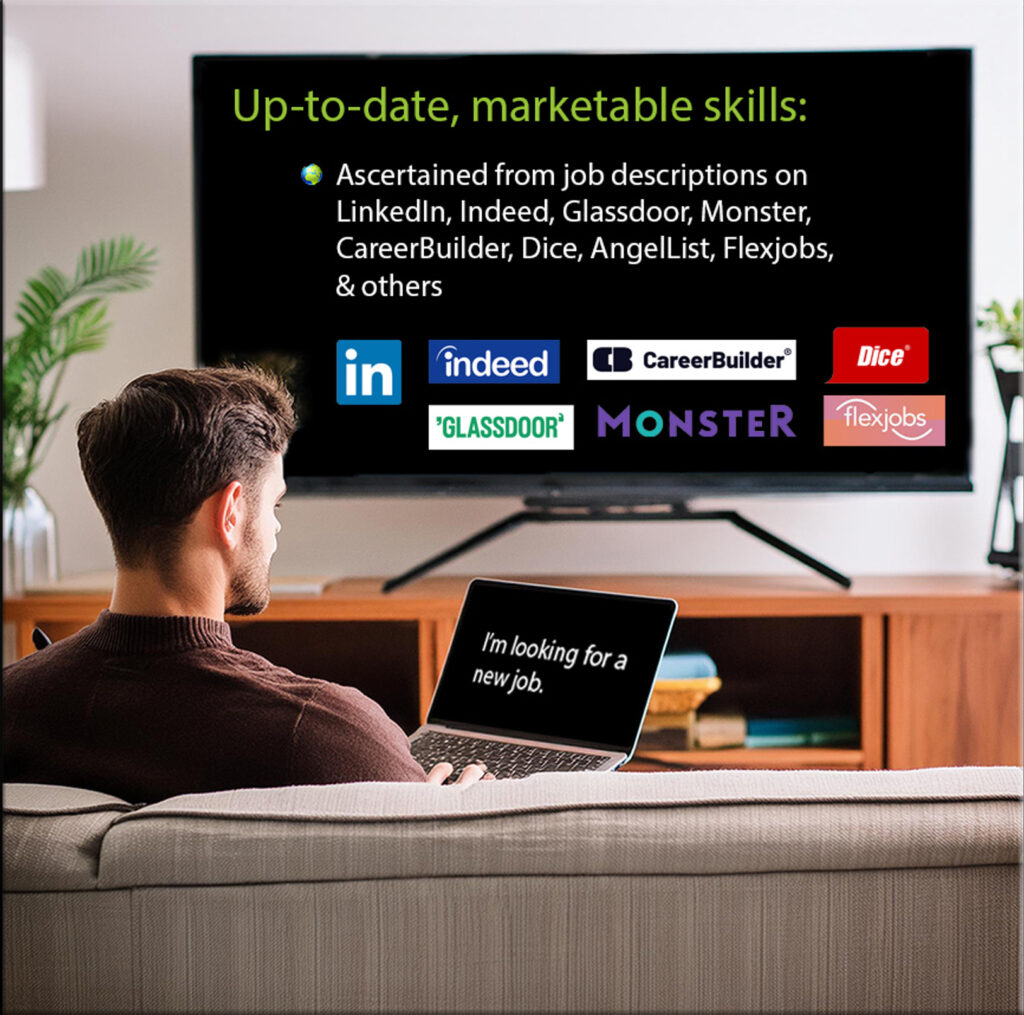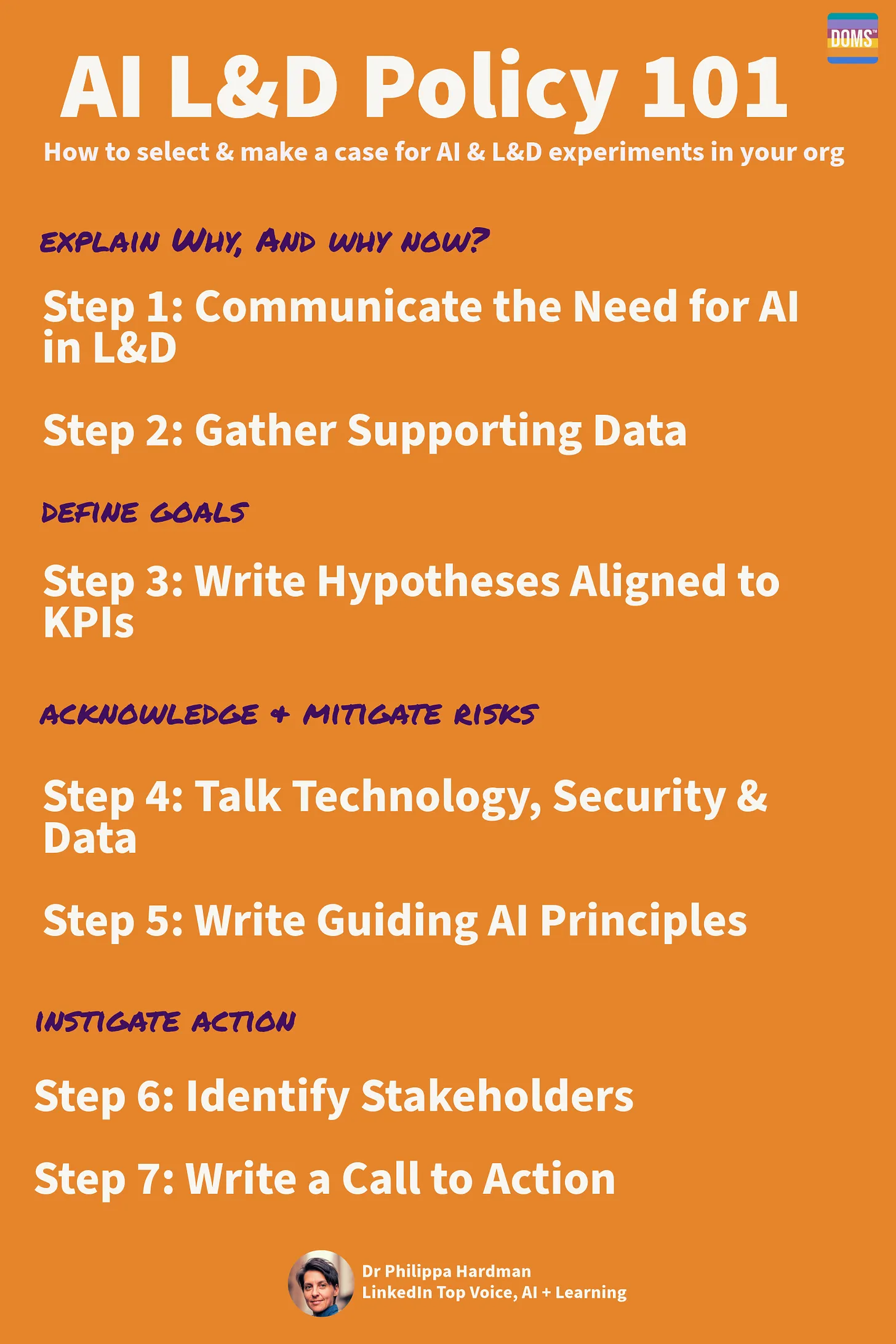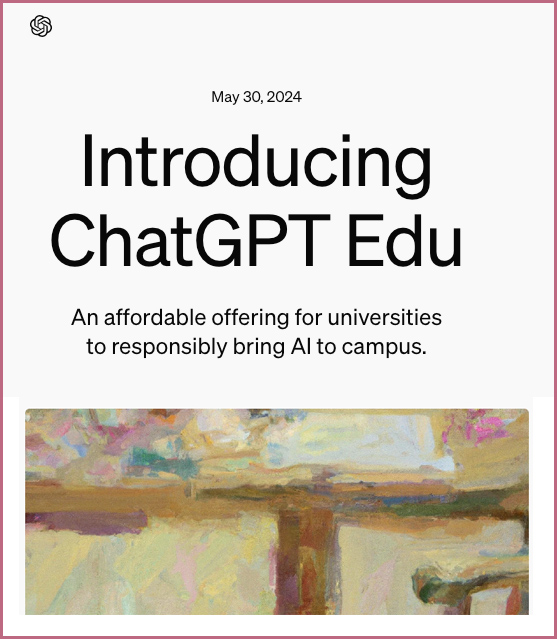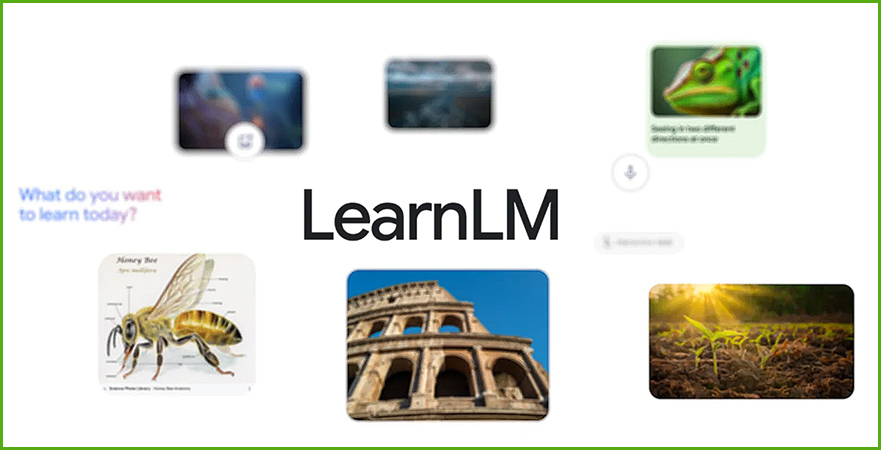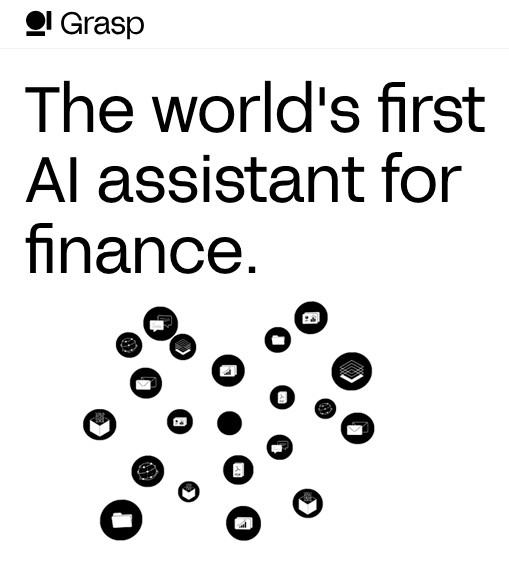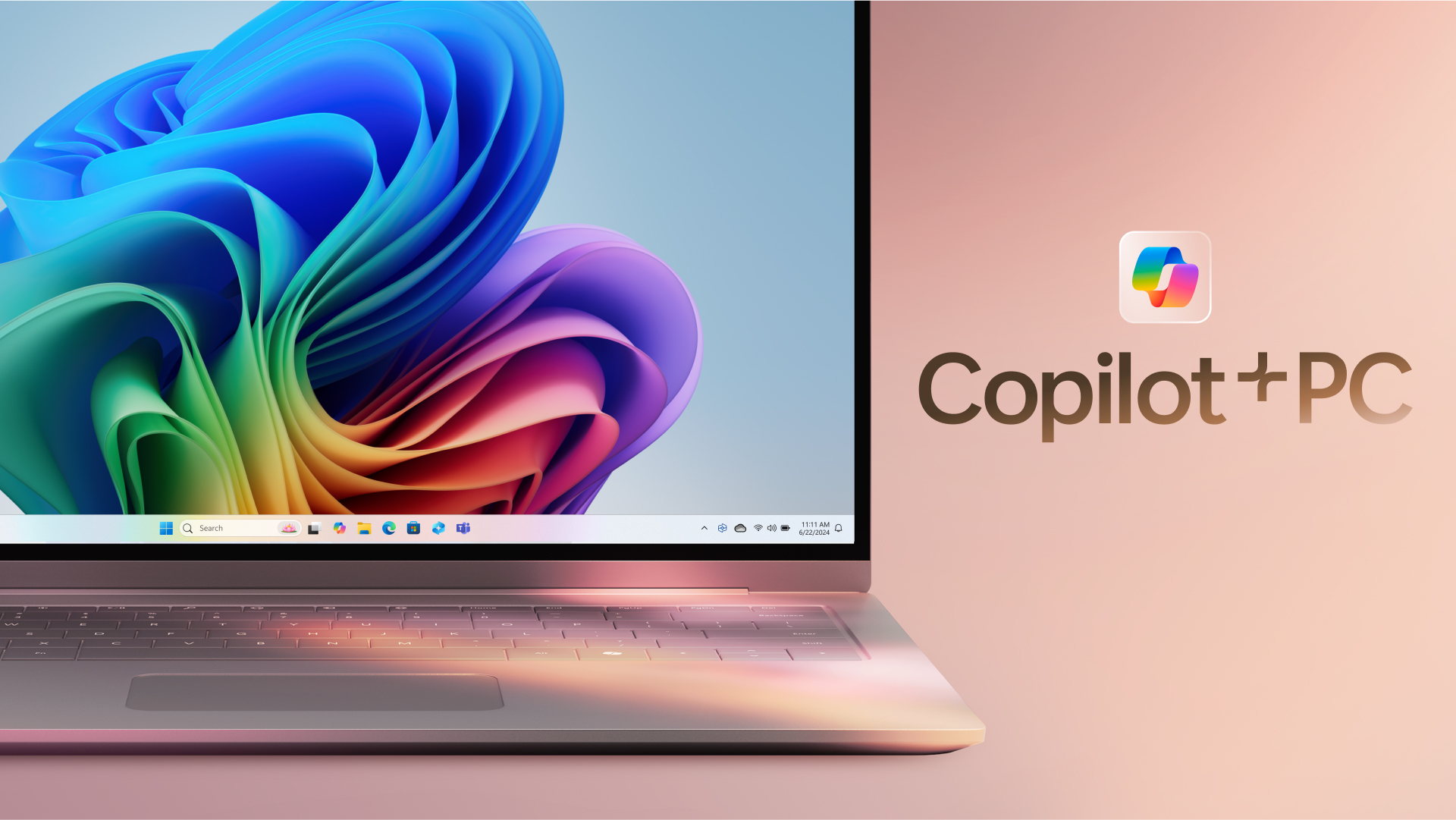A New Digital Divide: Student AI Use Surges, Leaving Faculty Behind— from insidehighered.com by Lauren Coffey
While both students and faculty have concerns with generative artificial intelligence, two new reports show a divergence in AI adoption.
Meanwhile, a separate survey of faculty released Thursday by Ithaka S+R, a higher education consulting firm, showcased that faculty—while increasingly familiar with AI—often do not know how to use it in classrooms. Two out of five faculty members are familiar with AI, the Ithaka report found, but only 14 percent said they are confident in their ability to use AI in their teaching. Just slightly more (18 percent) said they understand the teaching implications of generative AI.
“Serious concerns about academic integrity, ethics, accessibility, and educational effectiveness are contributing to this uncertainty and hostility,” the Ithaka report said.
The diverging views about AI are causing friction. Nearly a third of students said they have been warned to not use generative AI by professors, and more than half (59 percent) are concerned they will be accused of cheating with generative AI, according to the Pearson report, which was conducted with Morning Consult and surveyed 800 students.
What teachers want from AI — from hechingerreport.org by Javeria Salman
When teachers designed their own AI tools, they built math assistants, tools for improving student writing, and more
An AI chatbot that walks students through how to solve math problems. An AI instructional coach designed to help English teachers create lesson plans and project ideas. An AI tutor that helps middle and high schoolers become better writers.
These aren’t tools created by education technology companies. They were designed by teachers tasked with using AI to solve a problem their students were experiencing.
Over five weeks this spring, about 300 people – teachers, school and district leaders, higher ed faculty, education consultants and AI researchers – came together to learn how to use AI and develop their own basic AI tools and resources. The professional development opportunity was designed by technology nonprofit Playlab.ai and faculty at the Relay Graduate School of Education.
The Comprehensive List of Talks & Resources for 2024 — from aiedusimplified.substack.com by Lance Eaton
Resources, talks, podcasts, etc that I’ve been a part of in the first half of 2024
Resources from things such as:
- Lightning Talks
- Talks & Keynotes
- Workshops
- Podcasts & Panels
- Honorable Mentions
Next-Gen Classroom Observations, Powered by AI — from educationnext.org by Michael J. Petrilli
The use of video recordings in classrooms to improve teacher performance is nothing new. But the advent of artificial intelligence could add a helpful evaluative tool for teachers, measuring instructional practice relative to common professional goals with chatbot feedback.
Multiple companies are pairing AI with inexpensive, ubiquitous video technology to provide feedback to educators through asynchronous, offsite observation. It’s an appealing idea, especially given the promise and popularity of instructional coaching, as well as the challenge of scaling it effectively (see “Taking Teacher Coaching To Scale,” research, Fall 2018).
…
Enter AI. Edthena is now offering an “AI Coach” chatbot that offers teachers specific prompts as they privately watch recordings of their lessons. The chatbot is designed to help teachers view their practice relative to common professional goals and to develop action plans to improve.
To be sure, an AI coach is no replacement for human coaching.
Personalized AI Tutoring as a Social Activity: Paradox or Possibility? — from er.educause.edu by Ron Owston
Can the paradox between individual tutoring and social learning be reconciled though the possibility of AI?
We need to shift our thinking about GenAI tutors serving only as personal learning tools. The above activities illustrate how these tools can be integrated into contemporary classroom instruction. The activities should not be seen as prescriptive but merely suggestive of how GenAI can be used to promote social learning. Although I specifically mention only one online activity (“Blended Learning”), all can be adapted to work well in online or blended classes to promote social interaction.
Stealth AI — from higherai.substack.com by Jason Gulya (a Professor of English at Berkeley College) talks to Zack Kinzler
What happens when students use AI all the time, but aren’t allowed to talk about it?
In many ways, this comes back to one of my general rules: You cannot ban AI in the classroom. You can only issue a gag rule.
And if you do issue a gag rule, then it deprives students of the space they often need to make heads and tails of this technology.
We need to listen to actual students talking about actual uses, and reflecting on their actual feelings. No more abstraction.
In this conversation, Jason Gulya (a Professor of English at Berkeley College) talks to Zack Kinzler about what students are saying about Artificial Intelligence and education.
What’s New in Microsoft EDU | ISTE Edition June 2024 — from techcommunity.microsoft.com
Welcome to our monthly update for Teams for Education and thank you so much for being part of our growing community! We’re thrilled to share over 20 updates and resources and show them in action next week at ISTELive 24 in Denver, Colorado, US.
…
Copilot for Microsoft 365 – Educator features
Guided Content Creation
Coming soon to Copilot for Microsoft 365 is a guided content generation experience to help educators get started with creating materials like assignments, lesson plans, lecture slides, and more. The content will be created based on the educator’s requirements with easy ways to customize the content to their exact needs.
Standards alignment and creation
Quiz generation through Copilot in Forms
Suggested AI Feedback for Educators
Teaching extension
To better support educators with their daily tasks, we’ll be launching a built-in Teaching extension to help guide them through relevant activities and provide contextual, educator-based support in Copilot.
Education data integration
Copilot for Microsoft 365 – Student features
Interactive practice experiences
Flashcards activity
Guided chat activity
Learning extension in Copilot for Microsoft 365
…
New AI tools for Google Workspace for Education — from blog.google by Akshay Kirtikar and Brian Hendricks
We’re bringing Gemini to teen students using their school accounts to help them learn responsibly and confidently in an AI-first future, and empowering educators with new tools to help create great learning experiences.














